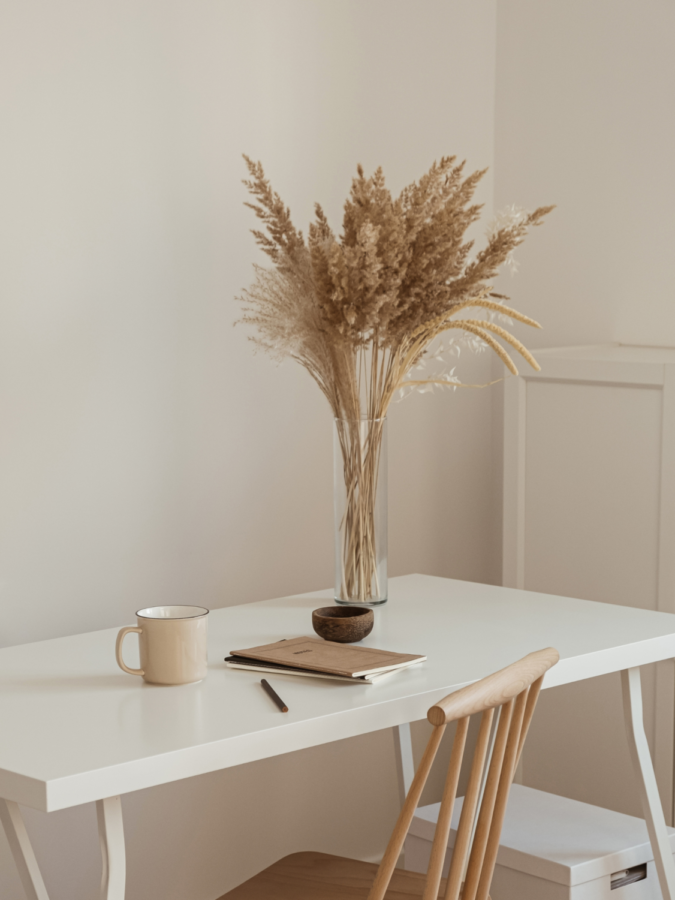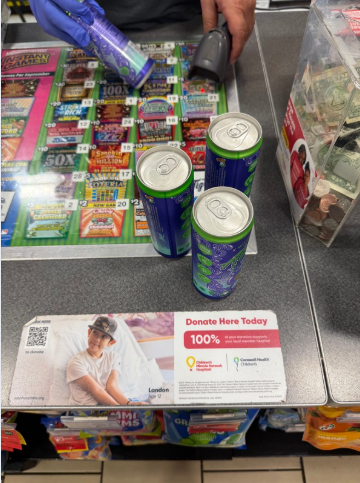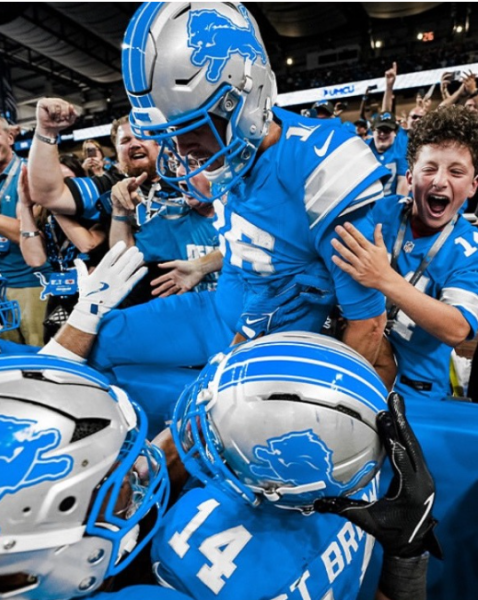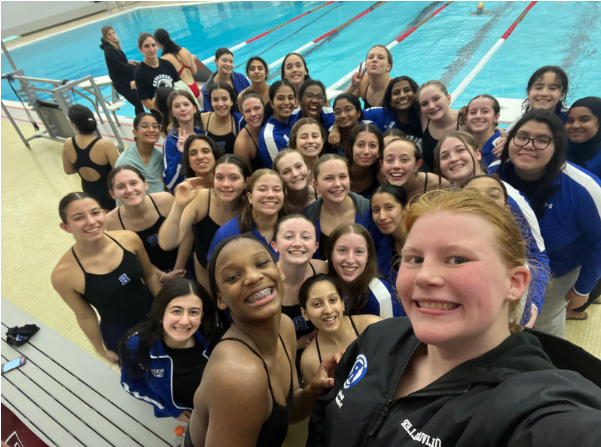The rising trend of being ‘aesthetic’
Social media’s influence on style, décor and lifestyle
February 24, 2022
Generation Z is known to be influencers on social media and trendsetters across all generations, most notably through fashion, music, and style. One of the newer terms frequently used isn’t really a new term at all, but has turned a corner from an obscure, unknown word into its own popularity: aesthetic”.
The term aesthetic is not a new term; in fact, it was added to the English language in the 1800s. Aesthetic is defined as “concerned with beauty or the appreciation of beauty,” according to Oxford Languages.
Being aesthetic, especially on social media, has come about as a recent trend. Use of the word fits a wide umbrella of topics, including style, fashion, decor, and more. Often focused on specific color pallets, many types of aesthetics have a unique element that separates them from the others.
“Having an aesthetic is knowing your voice,” senior Eden McCullough said. “Aesthetic to me is a brand of self-expression! An aesthetic is a collection of colors, images, and moods that make up how a person creates their home atmosphere and their look. It can also tailor the activities a person does—they may do certain things because they fit in their ‘aesthetic.’ Having an aesthetic is a way people want to be seen and stand out.”
Having an aesthetic sense of style is one of the biggest ways the aesthetic trend has risen to fame.
“An aesthetic style is creating a wardrobe that reflects a person’s point of view,” McCullough said. “Textures, colors, prints, and patterns will differ with each person’s specific style. The spectrum of different style aesthetics is huge. Lots of people make it up as they go, and it changes with them. Knowing your style is a way to amplify your heart so that others know what you’re all about.”
Aesthetics can be individual or based on a pre-existing trend. Many aesthetics can be found on social media if one is looking for inspiration.
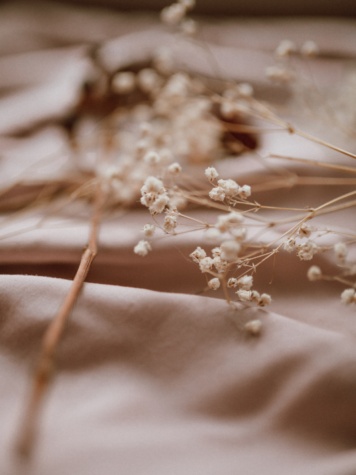
“An aesthetic is when you wear or accessorize with a certain style,” senior Evie Ansari said. “In other words, it means your style is based around a certain aesthetic, like based on colors or type of clothing.”
aesthetic styles are often defined through fashion trends. For example, the Y2K aesthetic follows pleated skirts, chunky boots, plaid corsets, and other clothing worn in the early 2000s. Back in the early 21st century, singers like Avril Lavigne became a trendy icon during that time. Today, famous people and influencers have helped to bring this trend back to life, such as Olivia Rodrigo.
“I find it very interesting that trends come back,” fashion design teacher Ms. Shelby Klein said. “As I get older, I am seeing trends with clothing and styles returning from when I was a teenager, which wasn’t that long ago. When I look through photos of my parents at my age in the late 70s, it’s really interesting to see that a lot of the same styles are being replicated.”
Fashion trends come in waves. The cycle of fashion is evident in today’s clothing through the return of high-waisted jeans from the ’90s or flare jeans from the ’70s.
“I love when trends are timeless,” Ansari said. “It makes the idea of thrifting and up-cycling not only ‘in’ fashion but promotes an environmentally friendly standard. Plus the different styles of jeans are all cute and fit different body types which allow anyone to wear jeans and feel comfortable.”
Another aesthetic trend that is brought about through fashion, but can also be represented in decor, or a lifestyle in general, is called cottagecore.
Cottagecore is similar to what it sounds like; it has to do with cottage life, rural areas with rolling hills, and fields of flowers. A cottagecore aesthetic can be like The Little House on the Prarie but with a modern twist. Cottagecore can also be represented with decor through house plants, beige and neutral colors, open windows and natural light, and lots of light and white undertones.
Since there are so many types of aesthetics, and the image of what is pleasing is subjective, that means it’s easy to find different examples all over social media.
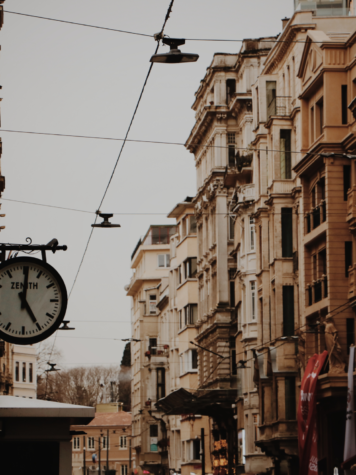
“When I think of an aesthetic Instagram, I think of images that have a similar look and design,” McCullough said. “A lot of accounts have a theme that sticks to a color palette. Some choose black and white, some go with more vibrancy. It all depends on the person and how they want to express themselves. Also, an aesthetic Instagram can be defined differently from person to person. My perspective on aesthetics may look totally different from someone else’s outlook.”
Social media has a huge influence on one’s lifestyle, especially their sense of style.
“Social media is one of the most influential places where one finds inspiration for style,” Ansari said. “Social media is where many compare themselves to others, but it can also be a source of inspiration. I find a lot of my inspiration for outfits and style from Pinterest.”
Instagram is one of the easiest platforms to find inspiration for style and aesthetics.
“ An aesthetic Instagram account might mean to have the perfect flow of colors and poses to some but to me, a true social media presence should not be based on how it looks but the contents, the happiness and lovely moments we hold dear,” Ansari said.
Just like trends can change, aesthetics can change as well.
“I think that aesthetics can definitely change over time,” Ms. Klein said. “There are always trends coming and going within the design, but also with personal aesthetics. As you get older and discover more of yourself, you begin to define what your aesthetic or vibe is with your style.”
At the end of the day, it can be difficult to determine whether a person’s aesthetic is truly the way they live or just a picture they paint to look pretty for social media.
“[Being aesthetic is] a lifestyle absolutely—if it’s authentic,” McCullough said. “It makes up the way a person lives. If it’s just a pretty picture, it takes away the depth. Self-expression is the way a person truly lives.”



